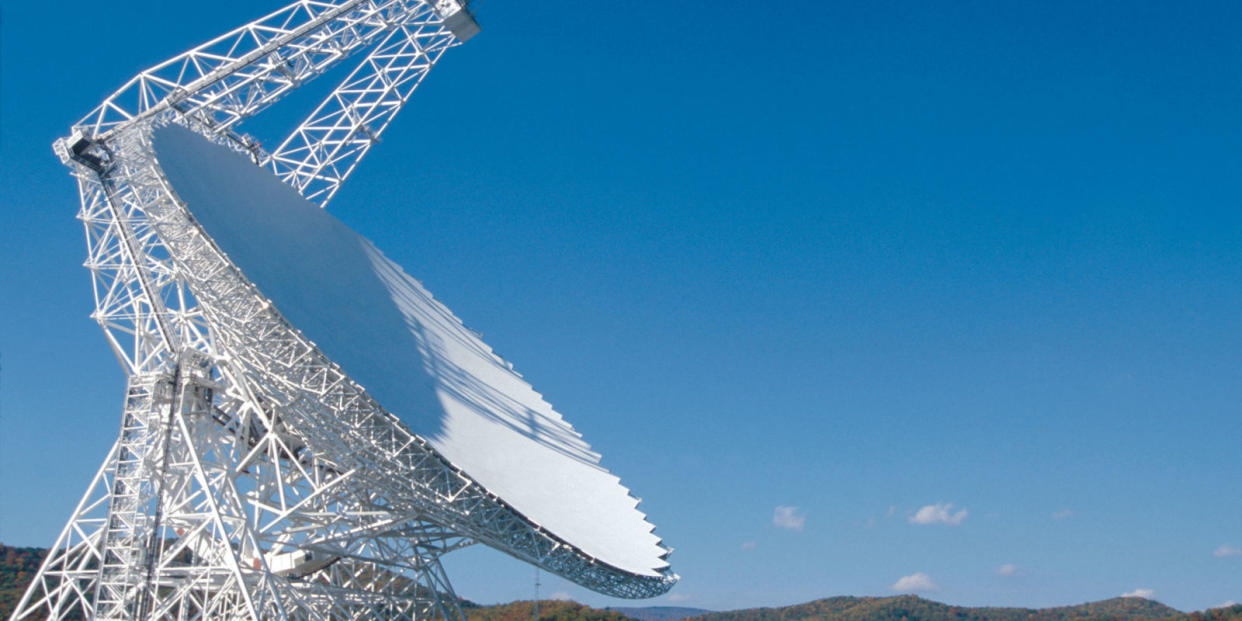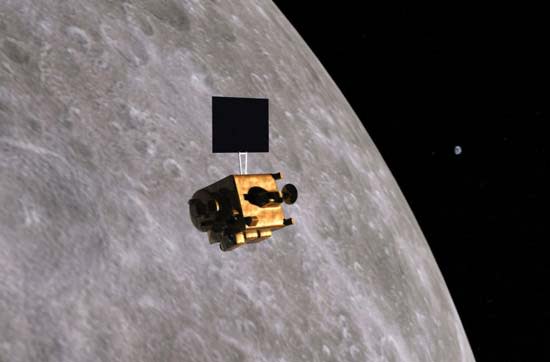NASA Just Found a Lost Lunar Spacecraft After 8 years

As space travel becomes more and more common, the amount of space junk polluting the vastness of space will only increase. A new technological application of interplanetary radar by scientists at NASA's Jet Propulsion Lab could be a major boon in solving the problem seeing as it just found a lost spacecraft orbiting the moon.
"We have been able to detect NASA's Lunar Reconnaissance Orbiter [LRO] and the Indian Space Research Organization's Chandrayaan-1 spacecraft in lunar orbit with ground-based radar," said Marina Brozovic, a radar scientist at JPL and principal investigator for the test project. "Finding LRO was relatively easy, as we were working with the mission's navigators and had precise orbit data where it was located."
However, finding the dormant craft, India's Chandrayaan-1, "required a bit more detective work because the last contact with the spacecraft was in August of 2009." India's first lunar mission, Chandrayaan-1, is most famous for finding water particles on the moon and is a craft of national importance for the south Asian country.

It's also very small being about the same size as a car. No one has ever detected the exact position of something that small that far away. For the task, NASA turned to both math and its giant 300-foot Green Bank Telescope in West Virginia.
First, the math. Using orbital calculations, JPL figured out that Chandrayaan-1 is still circling some 124 miles above the moon, and that one Chandrayaan orbit around the moon takes two hours and 8 minutes. Using the Green Bank, as well as the antenna at the Goldstone Deep Space Communications Complex in California, NASA was able to pinpoint the exact location of the craft.
The mission shows how various parts of NASA can work together, and the techniques used to find Chandrayaan-1 will only be refined and perfected in the future. Each instance in which a derelict object in space needs to be found will most likely have unique circumstances, but as more and more people look to enter the Great Beyond, it's good to know systems are being built to identify all the junk.
Source: JPL
You Might Also Like

